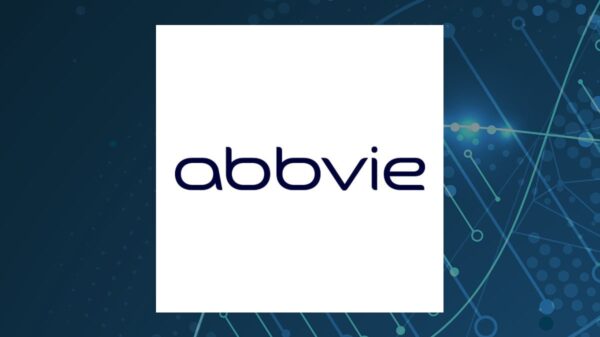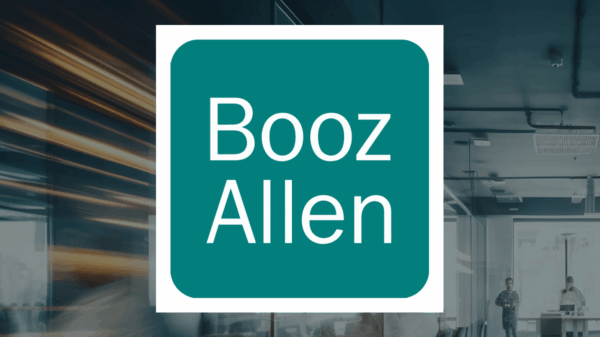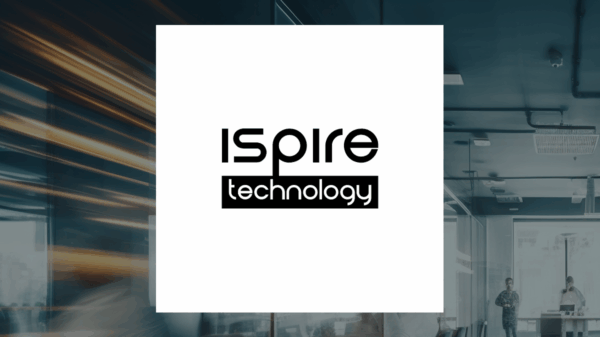The challenges of artificial intelligence (AI) governance have reached a critical point as recent incidents highlight serious flaws in existing frameworks. Cases of loan denials to qualified applicants, misinformation spread by chatbots, and wrongful identifications by facial recognition systems are not isolated events. Instead, they underscore a fragmented approach to AI regulation that is failing both users and organizations. The lack of unified standards across various regions exacerbates these issues, leading to inconsistent applications of AI and eroding public trust.
Global organizations are currently grappling with implementing AI technologies without coherent guidelines. Companies in Europe adhere to one set of regulations, while those in the United States follow a different framework, and Asian markets are developing their own standards. This patchwork of governance not only complicates compliance but also stifles innovation and creates legal challenges for businesses.
To address these shortcomings, experts are advocating for a risk-informed governance framework. A systematic approach to managing AI risks is essential to prevent crises from escalating. This framework proposes a structured method for identifying, measuring, and managing risks associated with AI deployment. It is built on four foundational pillars: risk assessment, governance structures, implementation methods, and global harmonization.
Establishing Robust Risk Assessment Mechanisms
Effective risk assessment begins with a clear-eyed evaluation of potential pitfalls. Organizations must identify technical risks, such as model drift and data quality degradation, which can lead to unexpected biases. Metrics like model drift rates and bias detection scores provide quantifiable measures of these risks. For instance, JPMorgan Chase implemented rigorous risk categorization for its loan approval AI, uncovering historical biases that would have unjustly denied loans to qualified minority applicants. This proactive approach not only fostered compliance but also enhanced the fairness of their systems.
Ethical and social risks are equally critical. AI systems must not reinforce existing prejudices or violate user privacy. Metrics such as fairness disparity ratios and privacy breach counts are essential for assessing these impacts. Additionally, operational risks can threaten the entire enterprise, making it vital to monitor compliance audit scores and vendor risk ratings.
Building Effective Governance Structures
Governance frameworks must be robust and actionable. Board-level oversight should extend beyond superficial reviews to active engagement in managing AI-related risks. Establishing cross-functional committees with clear decision-making authority is crucial. The World Economic Forum’s governance models, along with standards from ISO/IEC, offer valuable guidance, but organizations must adapt these frameworks to their specific contexts.
Decision rights within governance structures determine their effectiveness. Organizations should explicitly define risk thresholds, such as when AI decisions require human review and who is responsible during emergencies. Monitoring metrics such as decision turnaround times can highlight inefficiencies in governance. Successful frameworks also prioritize stakeholder engagement, ensuring both internal alignment and external input.
The governance model adopted by the Cleveland Clinic serves as an exemplary case. Their board established oversight mechanisms for AI-assisted diagnoses while allowing physicians to retain ultimate decision-making authority. This multidisciplinary approach caught diagnostic biases early, preventing potentially harmful misdiagnoses.
Implementing Responsible AI Practices
Implementation methodologies separate organizations that genuinely practice responsible AI from those that merely pay lip service. This involves embedding ethical considerations from the outset of AI development. Using bias detection tools during testing phases and establishing continuous monitoring systems are critical steps.
The NIST AI Risk Management Framework serves as a roadmap, but actual execution is what drives success. Organizations must employ technical safeguards to protect against errors and malicious actions, utilizing automated compliance checks and maintaining detailed audit trails.
Training and capacity building are essential for effective implementation. Different roles within organizations require tailored training programs to ensure all team members possess the necessary skills. Tracking training completion and certification rates can help maintain a knowledgeable workforce.
Common pitfalls include over-reliance on technical solutions while neglecting process changes or ongoing monitoring. The experience of Target demonstrates the effectiveness of a phased approach, gradually introducing responsible AI tools while incorporating stakeholder feedback.
Achieving Global Harmonization in AI Governance
As AI technologies expand across borders, the need for harmonized governance frameworks becomes paramount. The EU AI Act imposes stringent requirements that affect any organization serving European customers, while California’s SB 1001 introduces obligations that exceed federal standards in the United States. Additionally, Singapore’s Model AI Governance Framework is increasingly influencing practices in Asian markets.
Tracking regulatory compliance across various regions and industries is essential. Organizations should establish baseline assessments of their governance maturity while ensuring continuous improvement. Monitoring progression and achievement rates is vital for maintaining effective governance frameworks.
Microsoft’s approach to harmonizing AI governance across thirty countries exemplifies how to balance global principles with local adaptations. Their framework allows for compliance with diverse regulations while ensuring high standards are maintained.
As the landscape of AI governance continues to evolve, leaders must commit to establishing robust frameworks. These four pillars—risk assessment, governance, implementation, and harmonization—create a comprehensive system that promotes innovation while safeguarding public trust. Organizations must prioritize resources and attention to ensure that they are not left behind as regulations and technologies advance.
The imperative is clear: organizations must act decisively to build responsible AI frameworks now, or they risk facing significant consequences in the future. Stakeholders—including customers, employees, and regulators—are demanding accountability, and those who respond will lead in the new era of AI governance.


































































